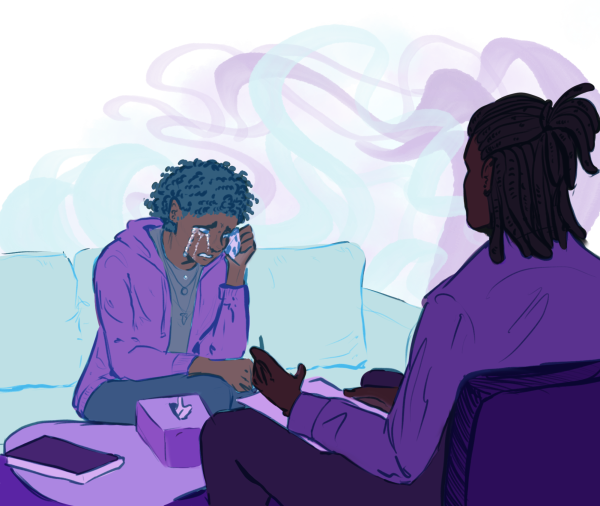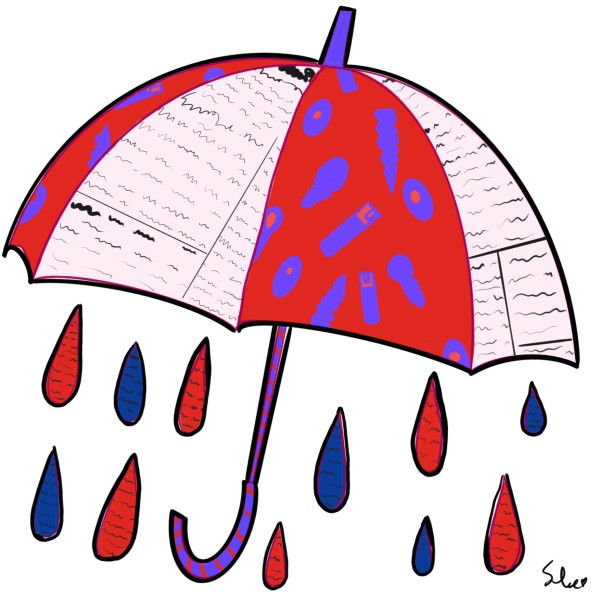Opinion: Stigmas in Healthcare- Monkeypox and HIV
Photo retrieved from istockphoto.
Most of us have heard of monkeypox by now and have a general understanding of what it is. A quick definition from the World Health Organization, or WHO, describes it as “a viral zoonosis (a virus transmitted to humans from animals) with symptoms similar to those seen in the past in smallpox patients, although it is clinically less severe.” However, despite being less severe, it still causes extreme pain for those that contract it. To put it simply, it is not a fun disease.
Generally, with new illnesses comes a lot of incorrect information as medical professionals and scientists work to try and understand the disease. We saw this happen in real-time with COVID-19, and we are seeing it again with monkeypox, though at a lesser rate as it’s already decently known in other countries.
It is a phenomenon that humans have lived through many times over our existence, but the most notable in recent memory was the discovery of the Human Immunodeficiency Virus. HIV, according to WHO, is “an infection that attacks the body’s immune system, specifically the white blood cells and, when left untreated, can become Acquired Immunodeficiency Syndrome (AIDS).”
Again, while it is common that diseases are often misunderstood when first discovered, HIV and monkeypox both have a specific similarity. Both were first discovered in gay men.
Though HIV had been present in humans since the 1970s, it wasn’t until 1981 that it started to reach public notice. In June of that year, the CDC published an article in their Morbidity and Mortality Weekly Report (MMWR). The article detailed the diagnoses of Pneumocystis carinii pneumonia in five young and previously healthy gay men in Los Angeles, California. These patients also exhibited signs of weakened immune systems and eventually, this would be known as HIV.
Due to how it was discovered and the disproportionate number of gay men that would contract the disease, HIV was dubbed the “Gay Man’s Pneumonia” in July 1981 by the Bay Area Reporter. The association of the disease with gay and bisexual men, plus a lack of information about how it was contracted, led to an increase in homophobia and discrimination amongst the public and even medical staff. It wasn’t until May 1987 that President Regan made his very first public speech about HIV, and it wasn’t until November 1988 that he signed the Health Omnibus Programs Extension (HOPE) Act, whose aim was to authorize the use of federal funds for AIDS prevention and testing into law.
Tens of thousands of men, women, and children needlessly lost their lives because the people in charge thought it was a disease that only affected gay and bisexual men, and they, quite simply, did not care about them.
The same thing is happening today with monkeypox.
What should have been an open and shut case as far as containment and eradication is concerned is now epidemic, and misinformation is largely to blame. There are many that believe monkeypox is an STI and that only gay men can contract it, but that simply is not true. An opinion article posted in the Scientific American argues that because monkeypox can be transmitted through sexual contact, it should be classified as an STI. However, this would be a dangerous distinction, as something as simple as skin contact can spread the illness.
Letting this misinformation spread also causes problems for those wanting to be protected. A clinic in Seattle, Washington recently came under fire for requiring patients to disclose their medical history to receive the vaccine, despite the fact that anyone can contract the illness, not just gay and bisexual men.
It is incredibly important that we are careful about the way we present health information to the public. Qualifiers like sexuality, gender, age, and more, should be used from a purely scientific standpoint to try and reduce the spread of illnesses. When related to the public, it should be clear how the information relates to the illness to give people less room to draw their own conclusions.
Ultimately, while public health is a collective effort, we must also strive to educate ourselves on an individual level. Being better informed not only protects you but those you are able to share that information with.








